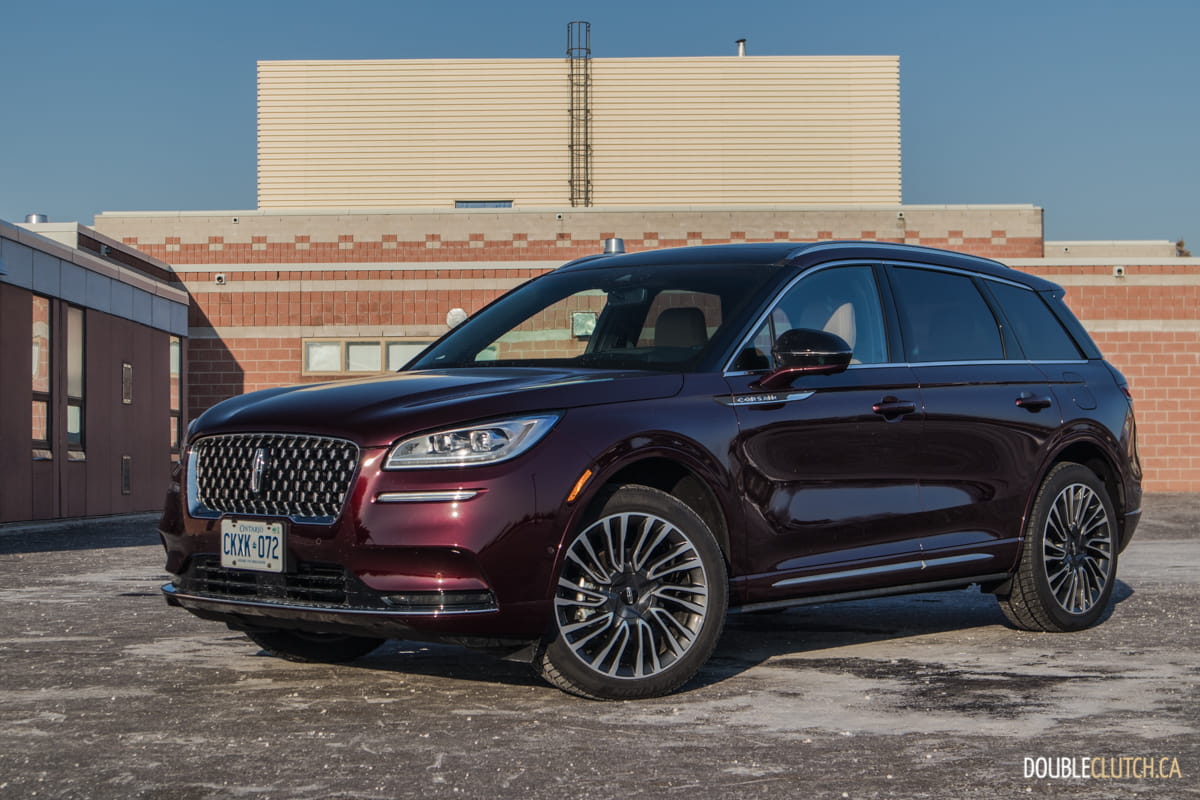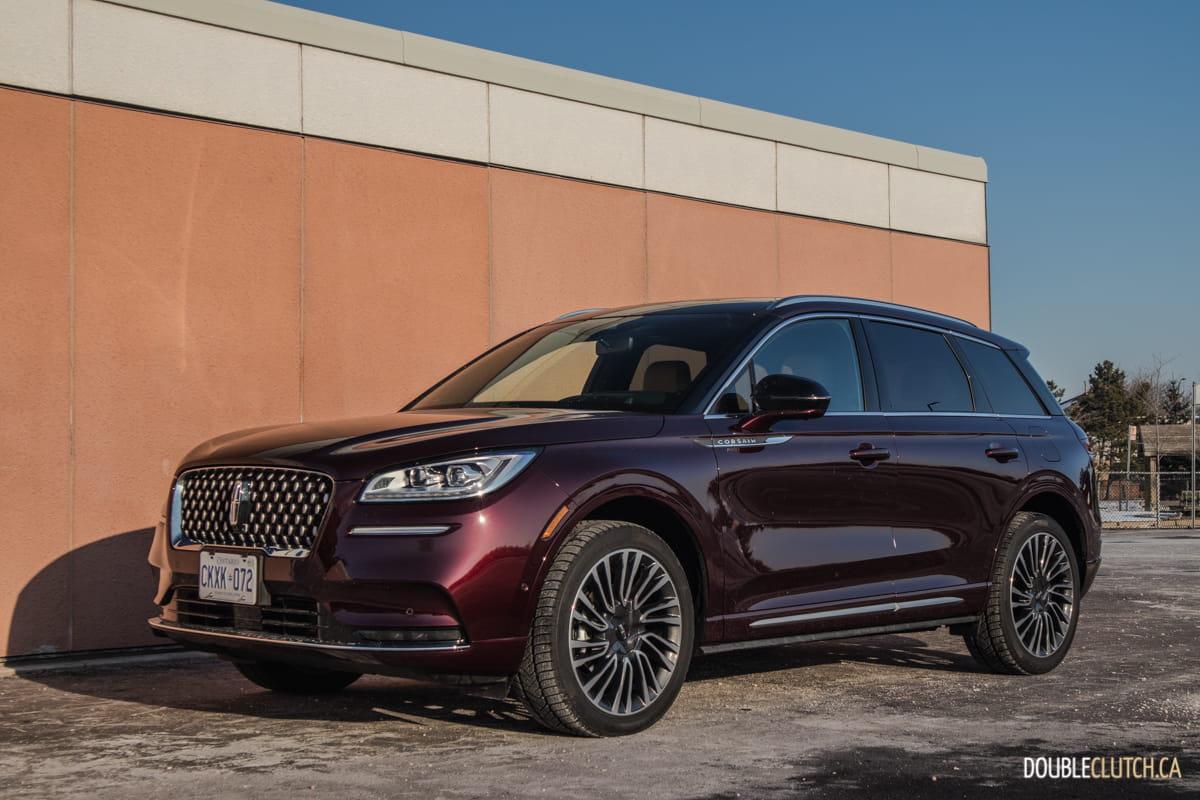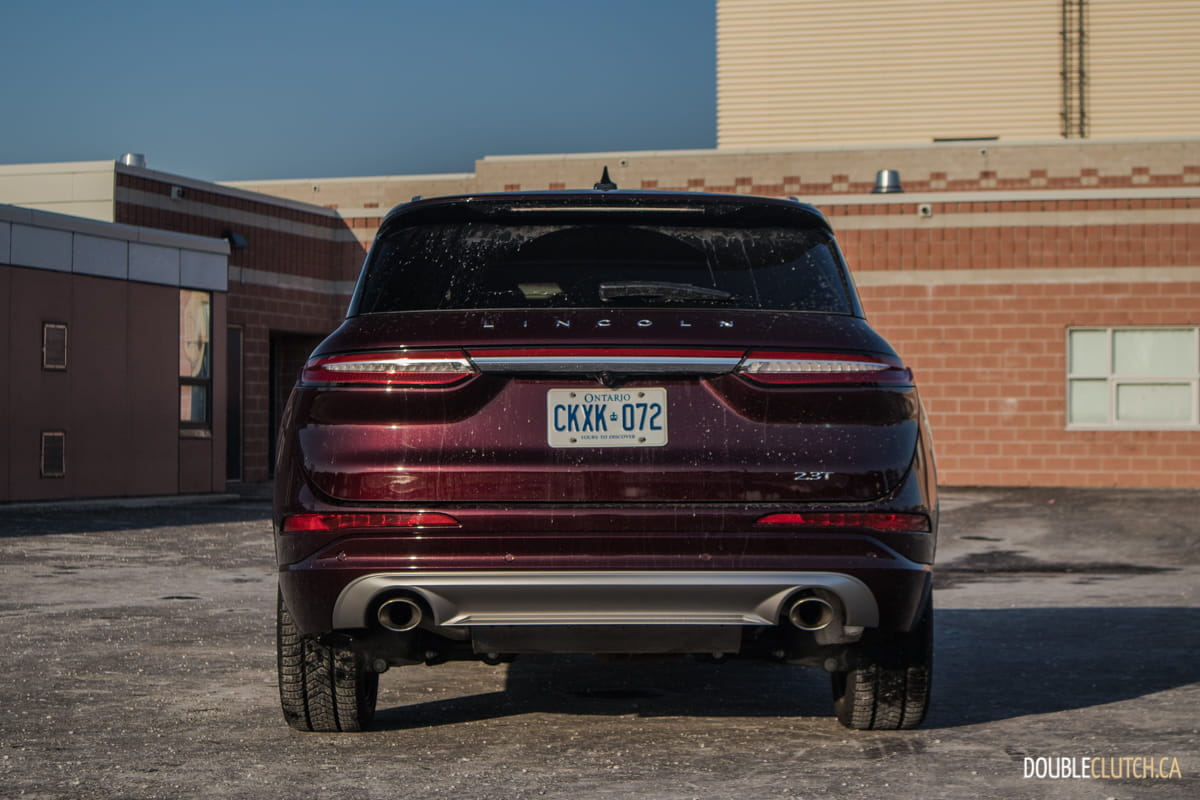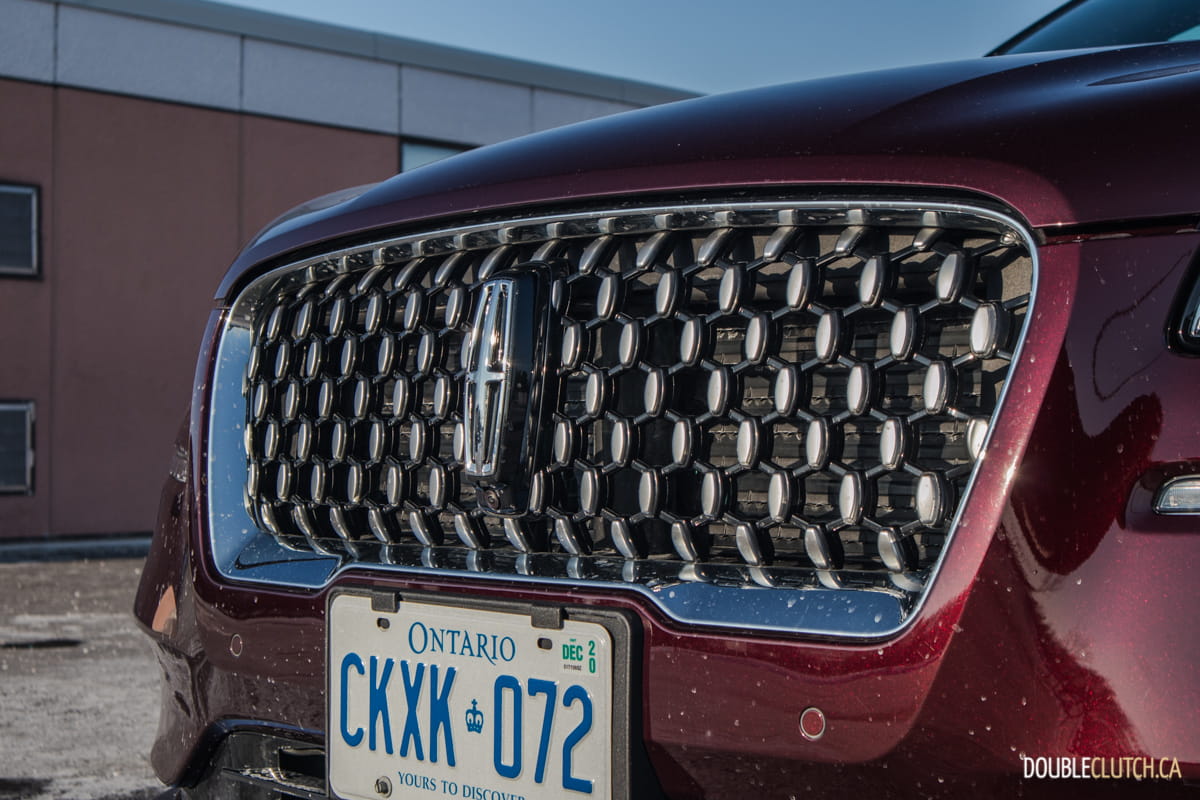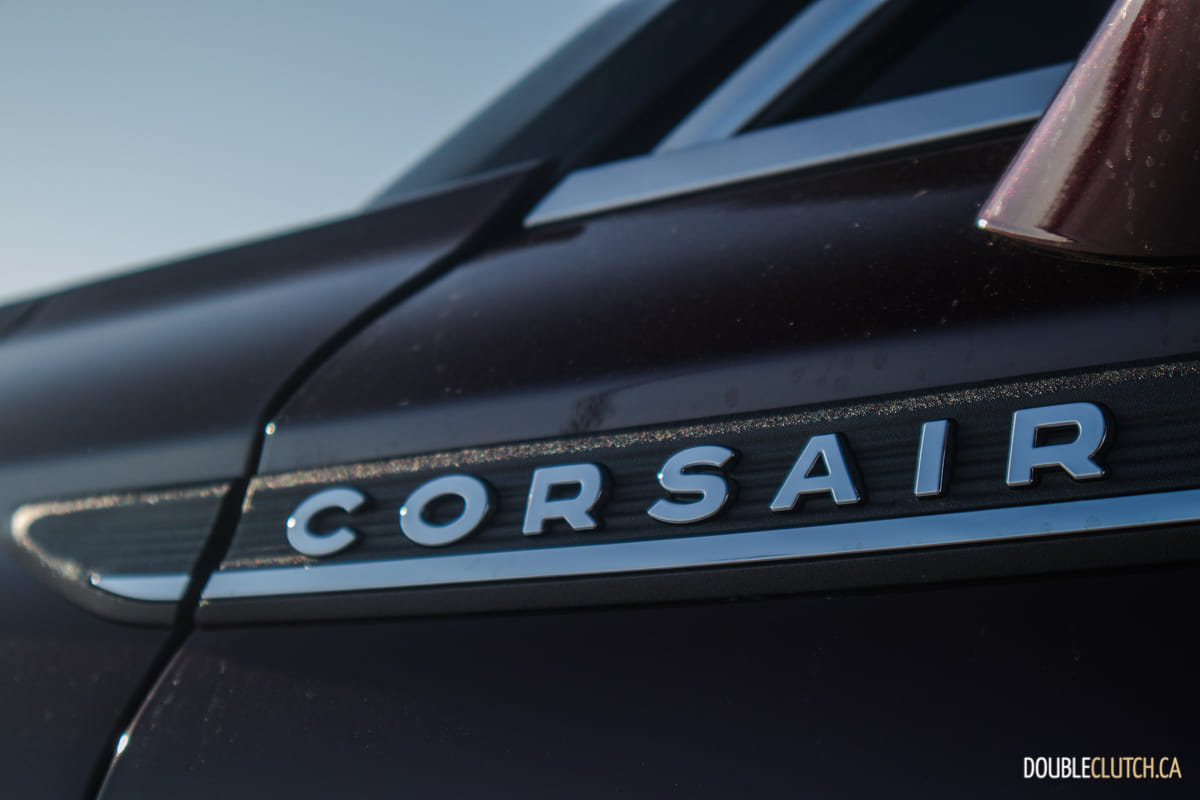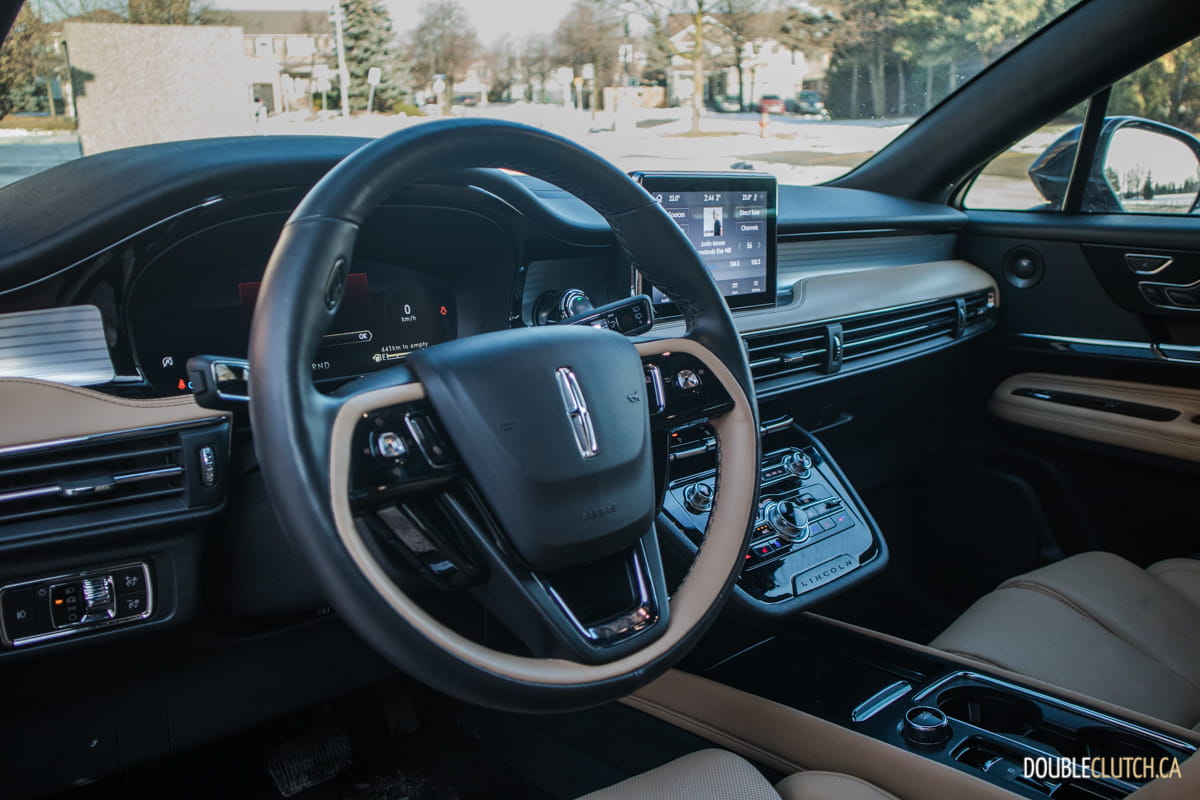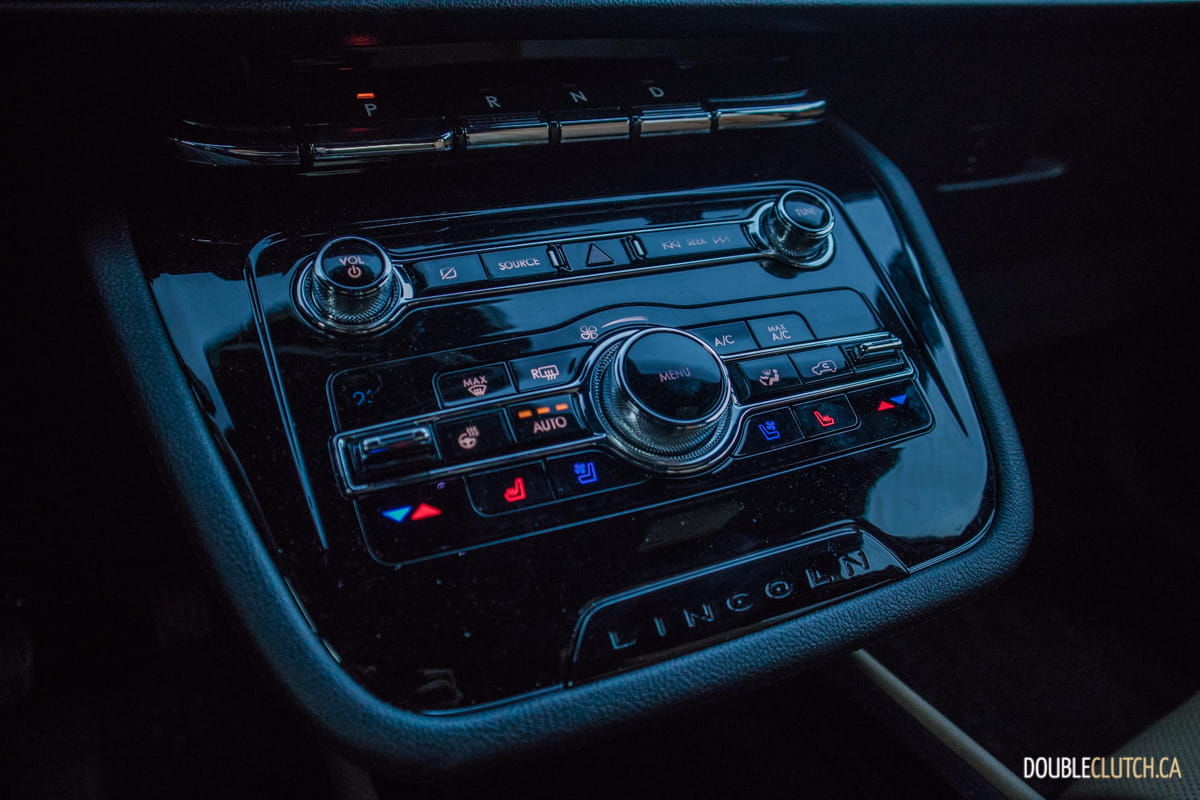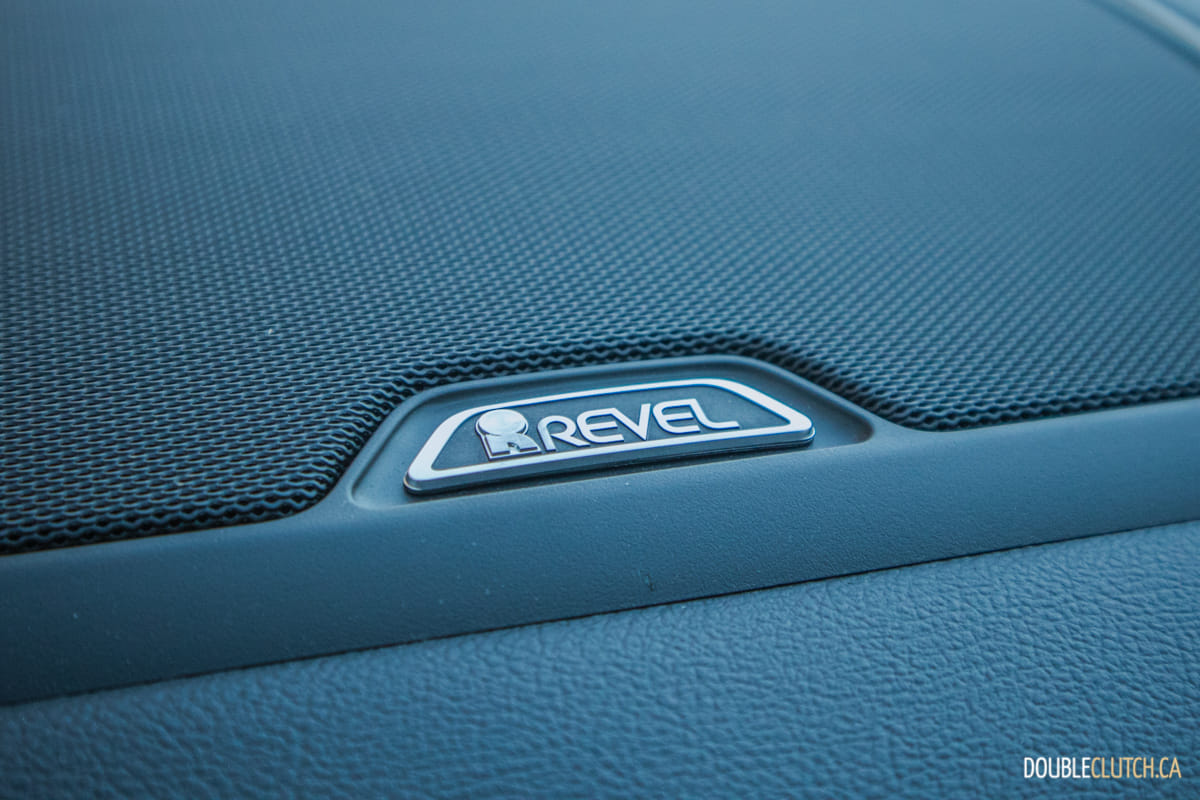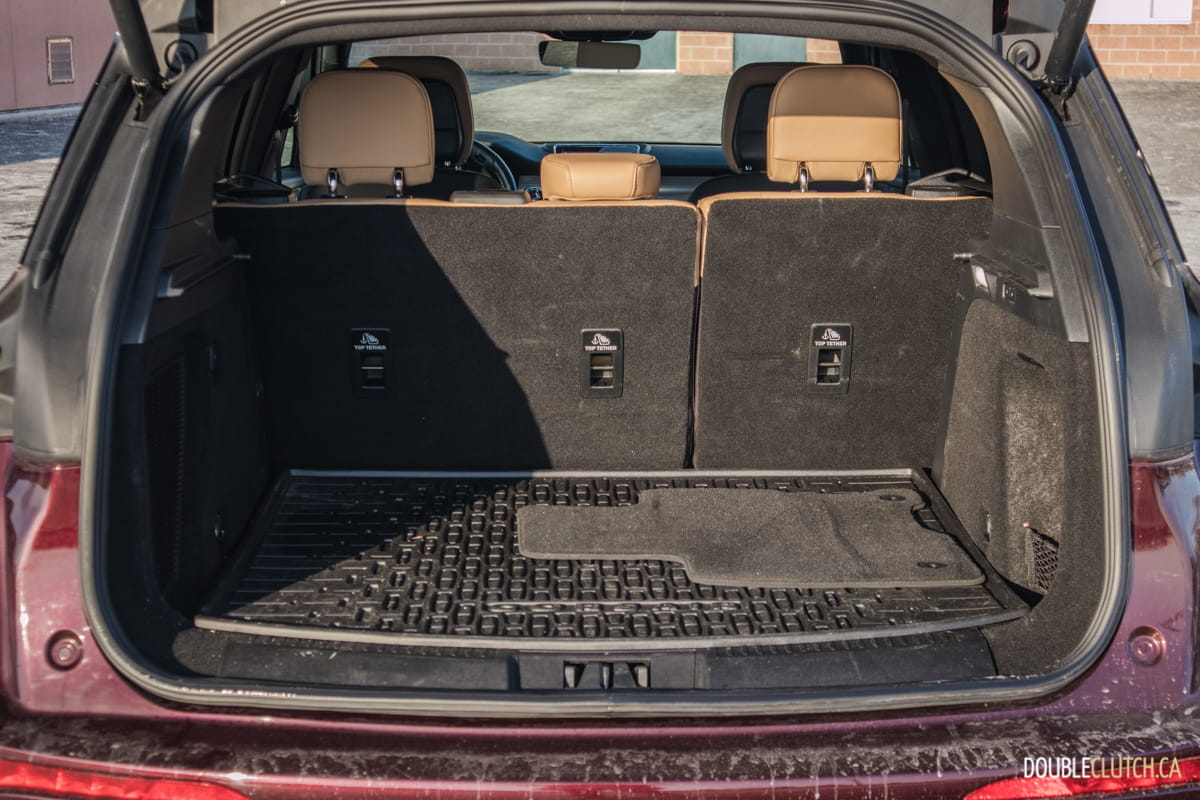Lincoln is once again going through a phase of reinvention, shifting their focus towards a new line of crossovers and moving away from the anonymous MK-series. This will hopefully help their latest models recapture some of the vintage elegance Lincoln enjoyed in the golden era of American luxury cars. Lincoln does have a very complete lineup of crossovers and SUVs, starting with the full-size Navigator (reviewed here), the new Aviator, Nautilus and the new Corsair replacing the outgoing MKC.
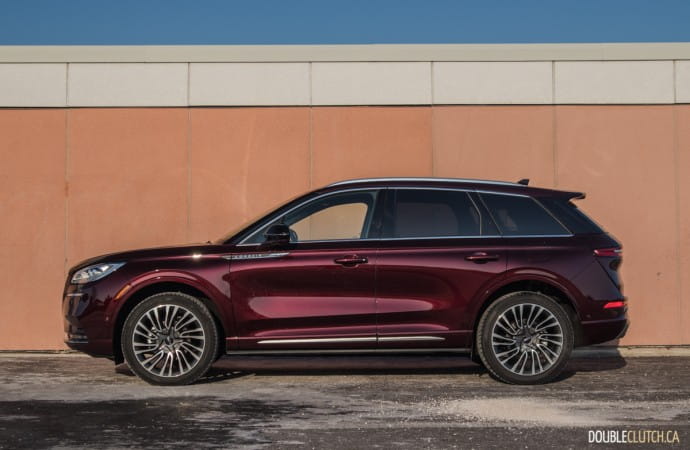
The group shares styling cues and materials both inside and out, making it a very linear lineup so that a Lincoln buyer can really just decide which size they want and go from there. As noted, the Corsair is the newest in the lineup, and deep beneath its luxurious skin lies the platform of the all new Ford Escape. so I spent a week with a 2020 Lincoln Corsair Reserve 2.3T to see if Lincoln is ready to go toe-to-toe in the super competitive compact crossover segment.
The Corsair looks exactly like it should; the smallest iteration of Lincoln’s design language with fluid curves and the corporate grille proudly displayed up front. It certainly looks the part of a luxury SUV with LED lighting all around, as well as high quality fit and finish. Our top of the line Reserve tester came equipped with a $1,600 exterior appearance package which upgraded the 19-inch wheels to a very intricate looking set of 20s, and color-matched all of the lower body and bumper cladding.
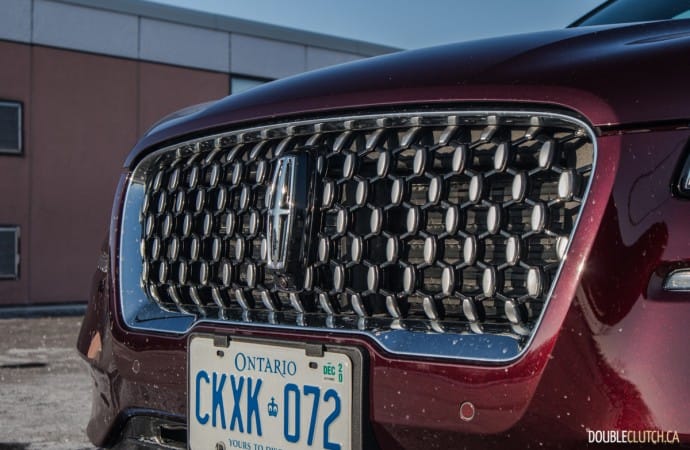
The appearance package combined with the optional ($850) Burgundy Velvet paintwork meant our tester did a good job standing out from the crowds of small SUVs on the road, without looking overly pretentious. I do wish the designers had done a bit more with the styling; if only to offer more visual separation from the outgoing MKC. Despite being on an all-new platform, at first glance it really is difficult to tell a Corsair apart from the old MKC (reviewed here).
The story is dramatically different inside where the new Corsair looks and feels very different. Where the MKC was cheapened by some obvious Ford parts bin interior bits, the Corsair looks and feels very upscale. The space is very design conscious using organic shapes and a clean, clear dashboard. The dash itself is dominated by an interesting full-length air vent, though only parts of it are functional, the long vent makes the cabin feel wider. Materials are better than most in the segment with soft leather used on the dashboard and door panel inserts, and soft-touch plastics elsewhere.
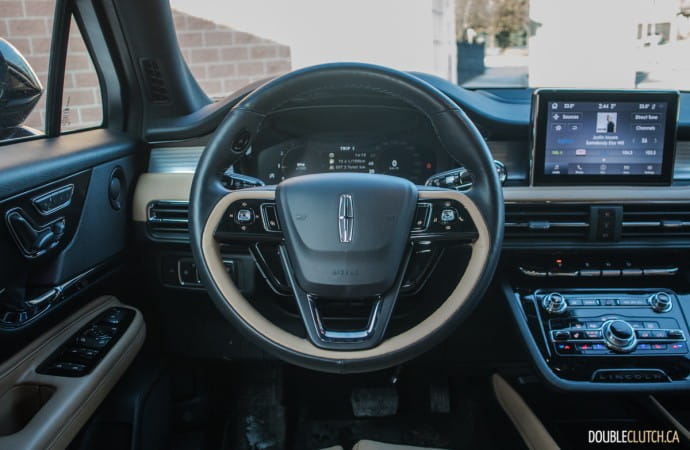
Our tester came with a two-tone ebony and Cashew interior, though there are at least five different interior color options available, which is exciting and appreciated in a luxury offering like this. In the case of our tester, the two colors contrasted each other nicely, and the black headliner with full-length panoramic sunroof gave the space some extra drama.
The seats in the Corsair are a work of art, especially when you opt for the 24-way heated, cooled and massaging chairs found in our tester. Thanks to the seemingly endless amount of adjustments it’s impossible not to find the perfect position for yourself, and the quality of the perforated cashew leather is outstanding. Noteworthy this time of year, the seat heat function work very well, getting downright hot, and when paired with the massage function the seats really are something to look forward to after a long day.
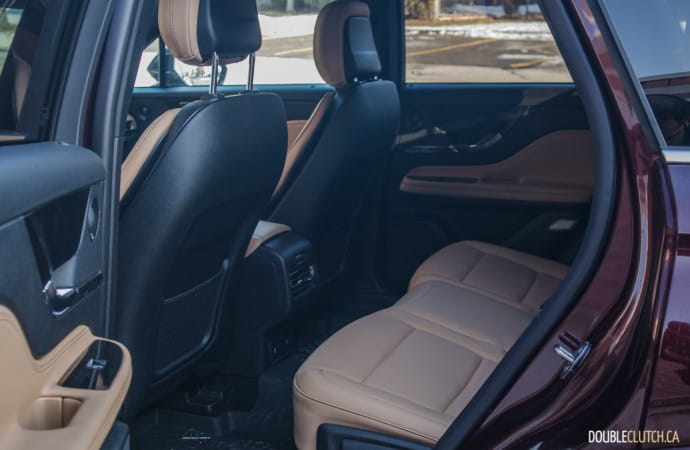
The interior feels a lot larger in the Corsair than in the outgoing MKC, which did feel cramped. The Corsair feels like there is plenty of space for four adults to travel in comfort, plus a large rear cargo area behind the folding rear seats. Storage has been well thought out as well, with huge storage bins both at the front and rear of the center console and deep door pockets.
Lincoln’s SYNC3 infotainment system with Apply CarPlay and Android Auto is average in terms of its functionality and ease of use. We appreciate the real-buttons for most common functions located on a pedestal below the main screen, though the layout and positioning makes them a bit awkward to use from the driver’s seat. Also annoying ergonomically are the gear-selector buttons, partially hidden directly below the infotainment screen. They’re awkward to reach and there is plenty of space for a better solution on the center console; instead of the large drive mode selector, which will be used far less frequently.

The experience from behind the wheel is just as luxurious as the Corsair’s interior. The new platform, has been upgraded for the Corsair with luxury goodies such as optional adaptive dampers, unique steering tuning, revised multi-link rear suspension and additional sound proofing. What we get is a supremely comfortable and quiet platform that rides like a dream. It’s easily the most compliant ride in the segment, which goes a long way towards earning the Corsair its place as a true luxury SUV.
The steering is light and feels isolated from the road, but that’s just fine in a soft crossover like. In Canada, the Corsair is only available in all-wheel-drive, and while it may not boast the most advanced system, it easily got the job done on this snowy week commuting in the city, and even tackled some snow-covered gravel roads with grace on a weekend trip up north. My only small gripe with the chassis is that the brakes are quite grabby and take some getting used to.
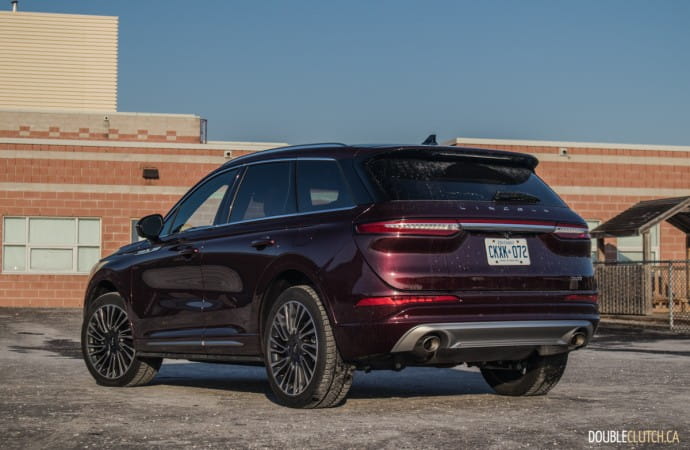
Power comes from your choice of turbocharged four-cylinders; a 2.0-liter turbocharged-four making 250 horsepower, or the much hotter 2.3-liter that makes an impressive 295 horsepower and 310 lb-ft. of torque at 3,000RPM. Being fully loaded our tester came with the 2.3-liter, which impresses with smooth acceleration and sharp throttle response, yet remains surprisingly refined and smooth at low speeds. The transmission is an eight-speed automatic which is well tuned for smoothness and comfort. It works well in just about every situation except for performance driving, but that’s hardly a factor here.
I was also impressed with the Corsair’s fuel consumption. Where my typical experience with Ford’s turbocharged engines has not been positive in regard to efficiency, the 2.3-liter bucks the trend. After a week worth of rush hour commuting, and plenty of remote starter usage, we observed an average of 10.3L/100km. Given the dimensions of the Corsair, it’s power output, and the AWD system, that’s a very impressive number. This number may have been aided by the fact that the stop/start system is very smooth and unobtrusive, meaning we didn’t need to disengage it.
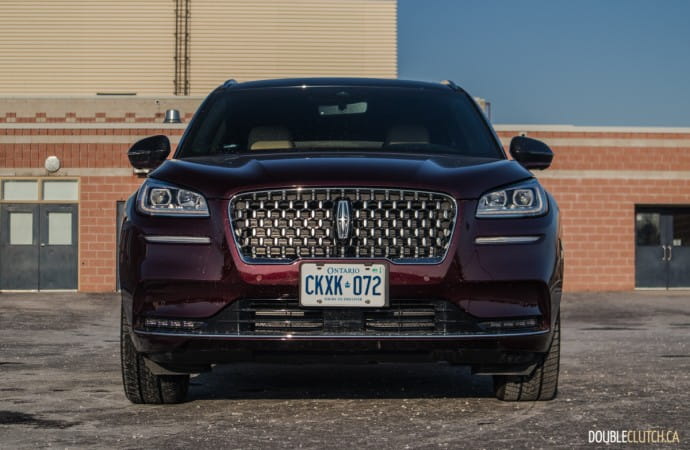
What may prove to be the Corsair’s Achilles heel is its pricing. While you can get into a basic Corsair for a competitive $44,200, and step into the top-tier Reserve trim for an acceptable $50,000, many of the options that make this SUV stand out from the crowd are costly add-ons. Stepping up in the Reserve trim to the 2.3T adds $7,800, or if you want to the 24-way adjustable massage seats, the fully loaded technology package with navigation, and the complete Pro-Pilot active safety suite you’ll need to cough up an additional $11,350. $65,000 is a lot of money, even for a very luxurious compact, especially when a well-equipped BMW X3 or Audi Q5 can be had for less.
The Corsair is really a top-notch entry that benefits from all the traits and features expected from a true luxury SUV. In my mind that’s its biggest advantage against its competitors, which tend to feel a bit watered-down from their bigger pricier siblings. That said, the Corsair is expensive, and while the feature set may justify the price for some, it’s not going to help attract buyers already lusting after comparable offerings. If Lincoln could find a way to offer this level of luxury and refinement at a more competitive price they’d have a good shot at stealing sales from the leaders in the segment.
See Also:
2018 BMW X3 xDrive30i
2018 Mercedes-Benz GLC 300 4MATIC
2019 Cadillac XT5 Platinum AWD

